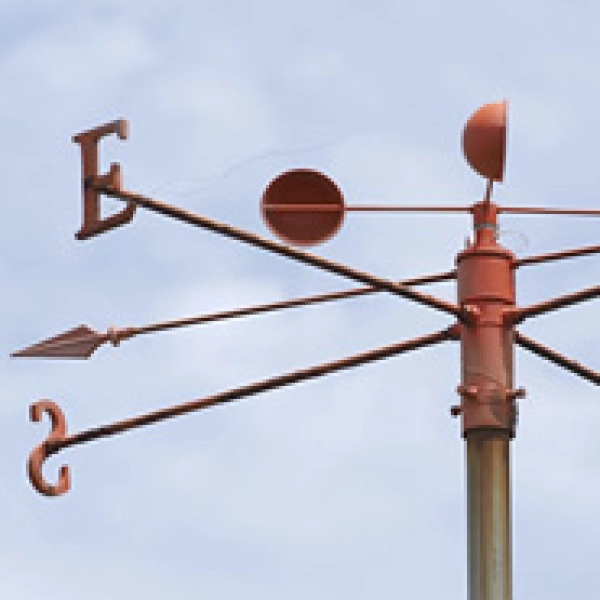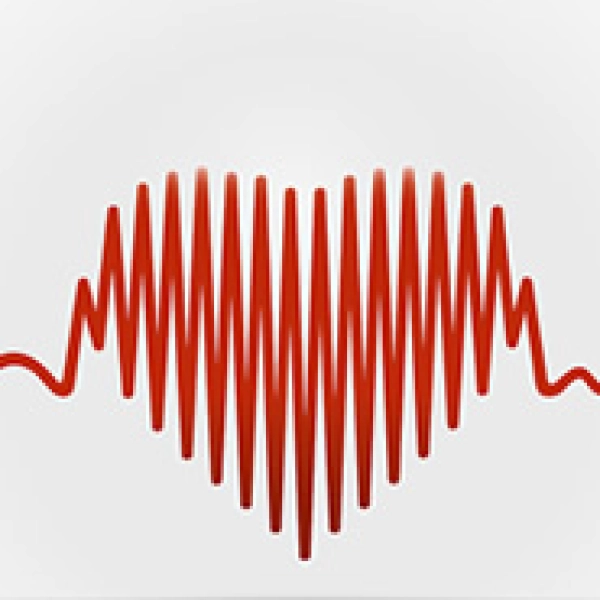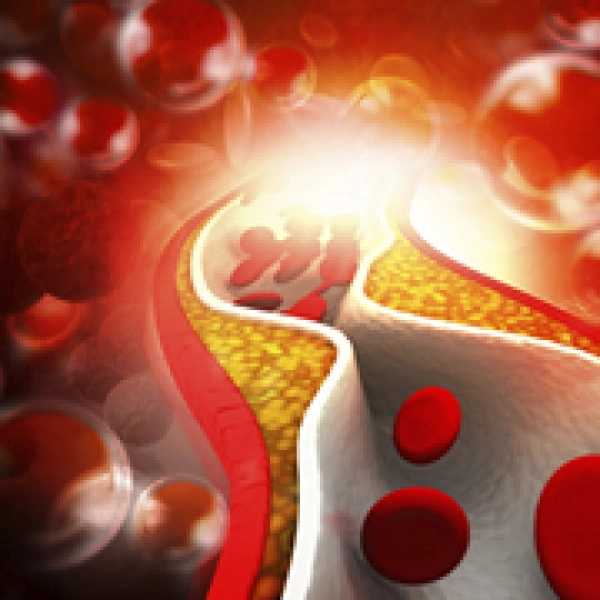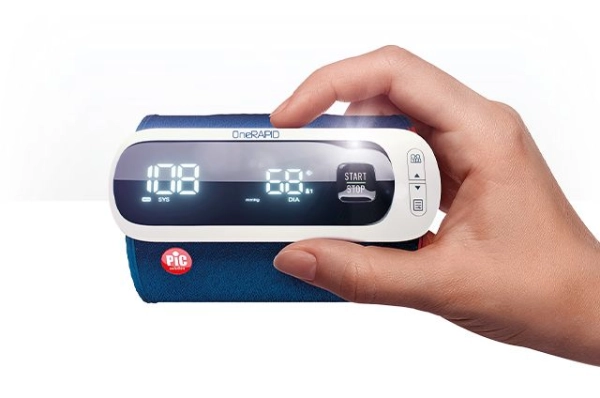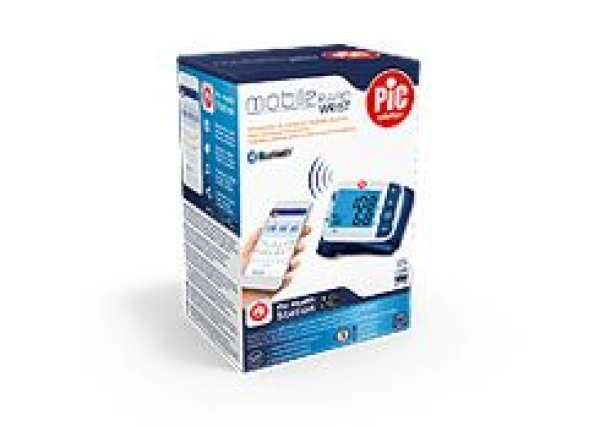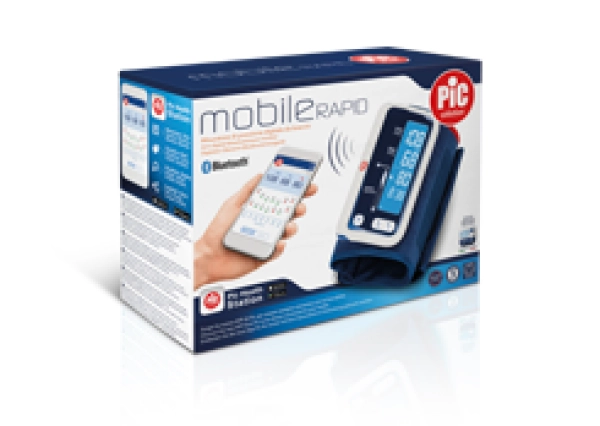

To find out whether you have low blood pressure, all you need is a blood pressure monitor: any time the diastolic value is below 80 mmHg (millimetres of mercury) and the systolic below 120 mmHg, you are facing an episode of hypotension. In most healthy people, hypotension - unlike hypertension - does not cause any problem, and leads to dizziness or fainting only in rare cases. However, it is important to know that there are two different kinds of hypotension, occasional and chronic, each with its own symptoms.
When blood pressure drops suddenly, it can trigger signals and symptoms such as dizziness or light-headedness, blurred vision, nausea, lack of focus and fainting. Occasional dizziness or fatigue can be dealt with more lightly: these sensations are common after a few hours without drinking, for example, due to a case of mild dehydration, after sitting in the sun for too long, or at the end of a relaxing bath that was a little too hot. We must remind ourselves that blood pressure changes all the time, and also depends on the position of the body, breathing rhythm, stress, nutrition and the time of day. In general, blood pressure is lower at night and rises quickly upon awakening.
The causes of hypotension can be related to the environment, as in the case of exposure to the sun, or to a particular state of our body. During pregnancy, the cardiovascular system expands rapidly and blood pressure can drop. It is, to all intents and purposes, a "normal" disorder that disappears after giving birth, when blood pressure returns to pre-pregnancy levels. Also when a lot of blood is lost, for example following an injury, the amount of blood circulating in the body can decrease to the point our cardiovascular system slows down. Depending on the severity of the injury, this can lead to a sharp drop in blood pressure.
If low blood pressure episodes are more frequent than what might be considered a "physiological" level, we fall into the definition of chronic hypotension: in this case, booking a check-up with your doctor is highly recommended, because it could be the symptom of a more serious disorder. Hypotension can be caused by a chronic form of bradycardia, which occurs when the heartbeat is slower than normal: it could be the warning sign of a heart valve malfunction. Constant hypotension episodes can also indicate an endocrine problem, such as thyroid disorders, adrenal insufficiency, hypoglycaemia - which is a very low level of blood sugar - and, in some cases, even diabetes.
